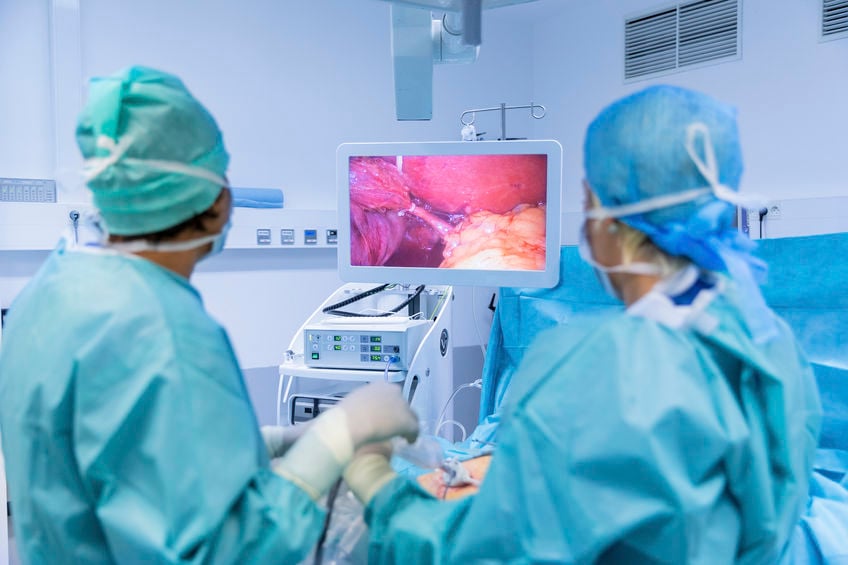Why Are Endoscopies Needed?
Endoscopies enable doctors to view internal organs and the digestive tract without having to go through major surgery. The procedure is minimally invasive and mostly performed in an outpatient setting. Endoscopies are used to identify the potential cause, confirm if there is a problem, and determine a plan for treatment.

What is an endoscopy?
During an endoscopy, a doctor will use a specialized camera called an endoscope to view internal organs. The endoscope is a long flexible tube with a light and camera at the end. The endoscope is inserted into the body through an opening such as the mouth or small incision. Most endoscopes have small scissors at the end which can be used to perform biopsies. The ability to perform biopsies is what sets endoscopies apart from x-rays. Endoscopes come in different lengths, depending on the part of the body. Most endoscopies are outpatient procedures.
Are there any risks?
The risks associated with endoscopies depend on the location of the procedure. Common symptoms include fever, persistent pain in the area under observation, redness swelling around the incision, damage to internal organs. An endoscopic procedure is very safe and can help doctors better identify the source of the problem and develop a treatment plan.
Why would a doctor order one?
Endoscopies are performed for a variety of reasons. Stomach pain, ulcers, difficulty swallowing, constipation, unexplained bleeding, and other digestive tract issues could call for an endoscopy. Mainly used to observe the gastrointestinal tract, endoscopies can also be used to analyze the lungs, colon, uterus, and rectum. Doctors will also use endoscopes to see inside the body during a surgical procedure. There are more than 13 types of endoscopic procedures.
Advancements in technology
Advancement in medicine and technology allow for better and more detailed imagery. Capsule endoscopy involves swallowing a pill with a tiny camera inside. As the capsule passes through the digestive tract, thousands of images are captured. The images are transmitted to a wearable device and analyzed by a physician. During a chromoendoscopy, a special dye is used to line the intestines. The color helps identify abnormalities, which could be hard to find during a regular endoscopy.
What is the benefit?
Endoscopies are used to detect cancer, diagnose diseases, and aid in surgery. Mostly performed in an outpatient setting, the procedure is relatively quick and followed by only minor discomfort. Advancements in medicine and technology have allowed for more detailed imagery. People who are experiencing any internal pain should consult a healthcare provider to see if an endoscopy can help.



